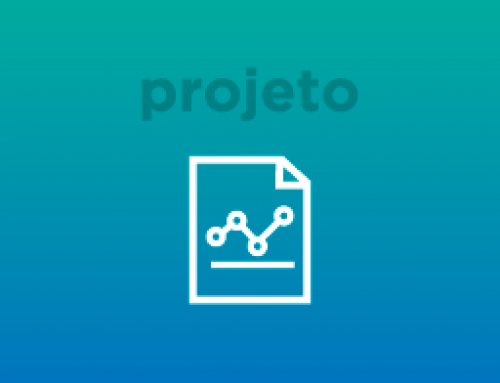The elasticity feature of cloud computing has been proved as pertinent for parallel applications, since users do not need to take care about the best choice for the number of processes/resources beforehand. To accomplish this, the most common approaches use threshold-based reactive elasticity or time-consuming proactive elasticity. However, both present at least one problem related to: the need of a previous user experience, lack on handling load peaks, completion of parameters or design for a specific infrastructure and workload setting. In this regard, we developed a hybrid elasticity service for Master-Slave parallel applications named Helpar (Hybrid Elasticity Model for Parallel Applications). As parameterless model, Helpar presents a closed control loop elasticity architecture that adapts at runtime the values of lower and upper thresholds. Thus, we intend to provide a practical and effortless realization of the cloud elasticity and parallel computing duet, so delivering this capability as a plug-and-play utility to end users. Besides presenting Helpar, our purpose is to provide a comparison between Helpar and our previous work on reactive elasticity called AutoElastic. We will explore different metrics, including applications’ time, energy consumption and cost, as well as distinct types of workloads when executing a scientific HPC application. The results present the Helpar’s lightweight feature, besides highlighting its performance competitiveness in terms of application time and cost (performance × energy) metrics. In other words, the hand-tuning of thresholds in AutoElastic often is responsible for the best results, but this procedure may be time-consuming besides optimized for a particular set of application and infrastructure.


